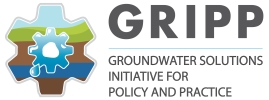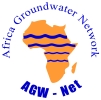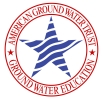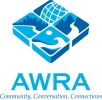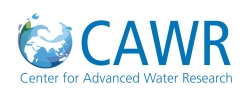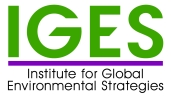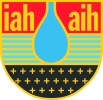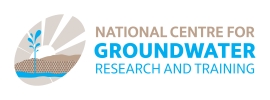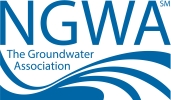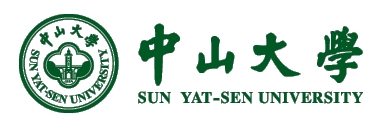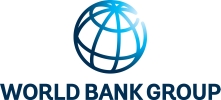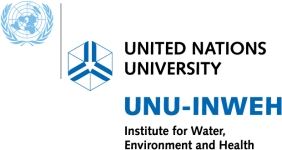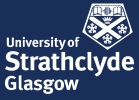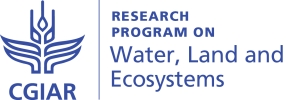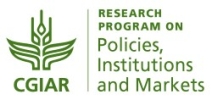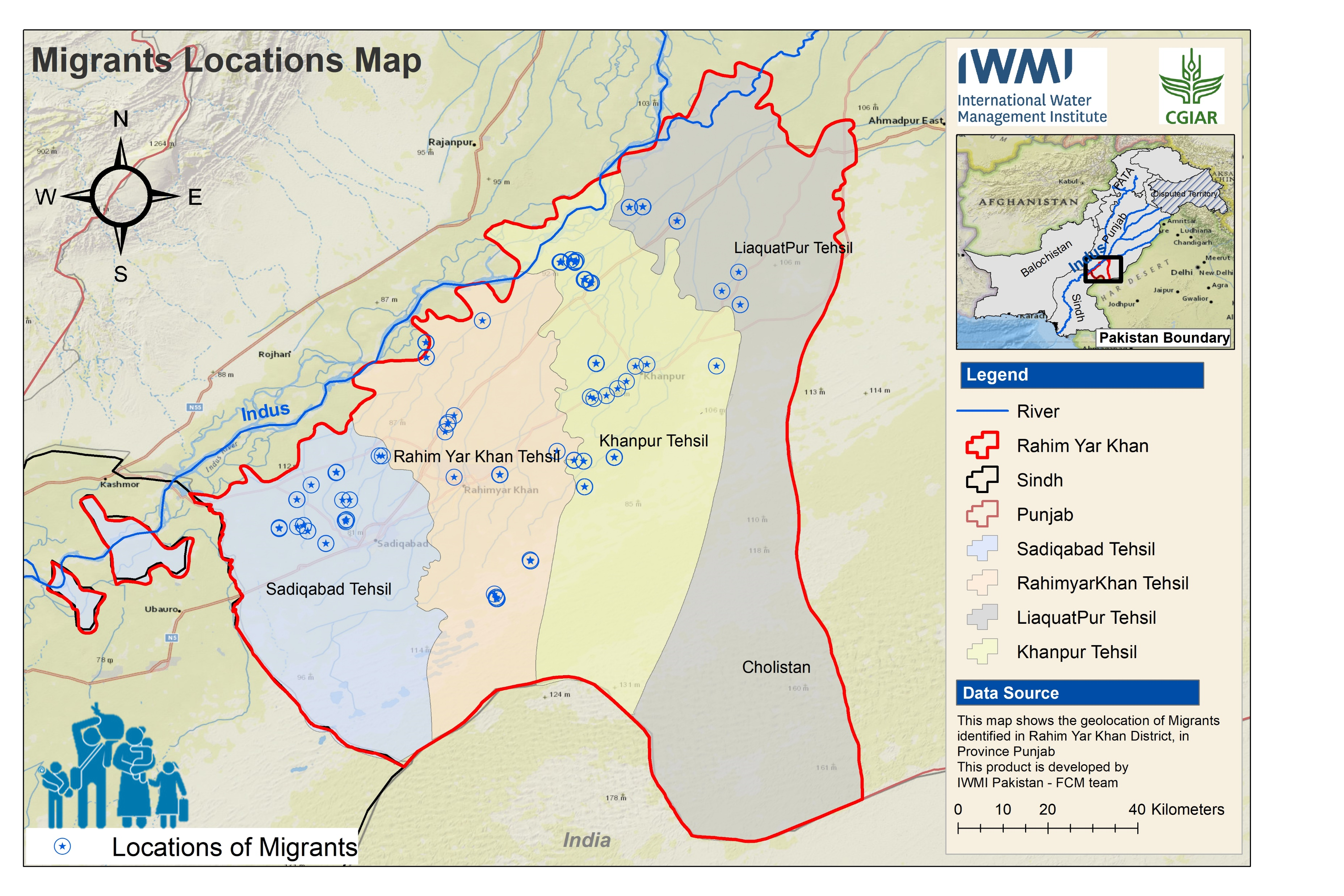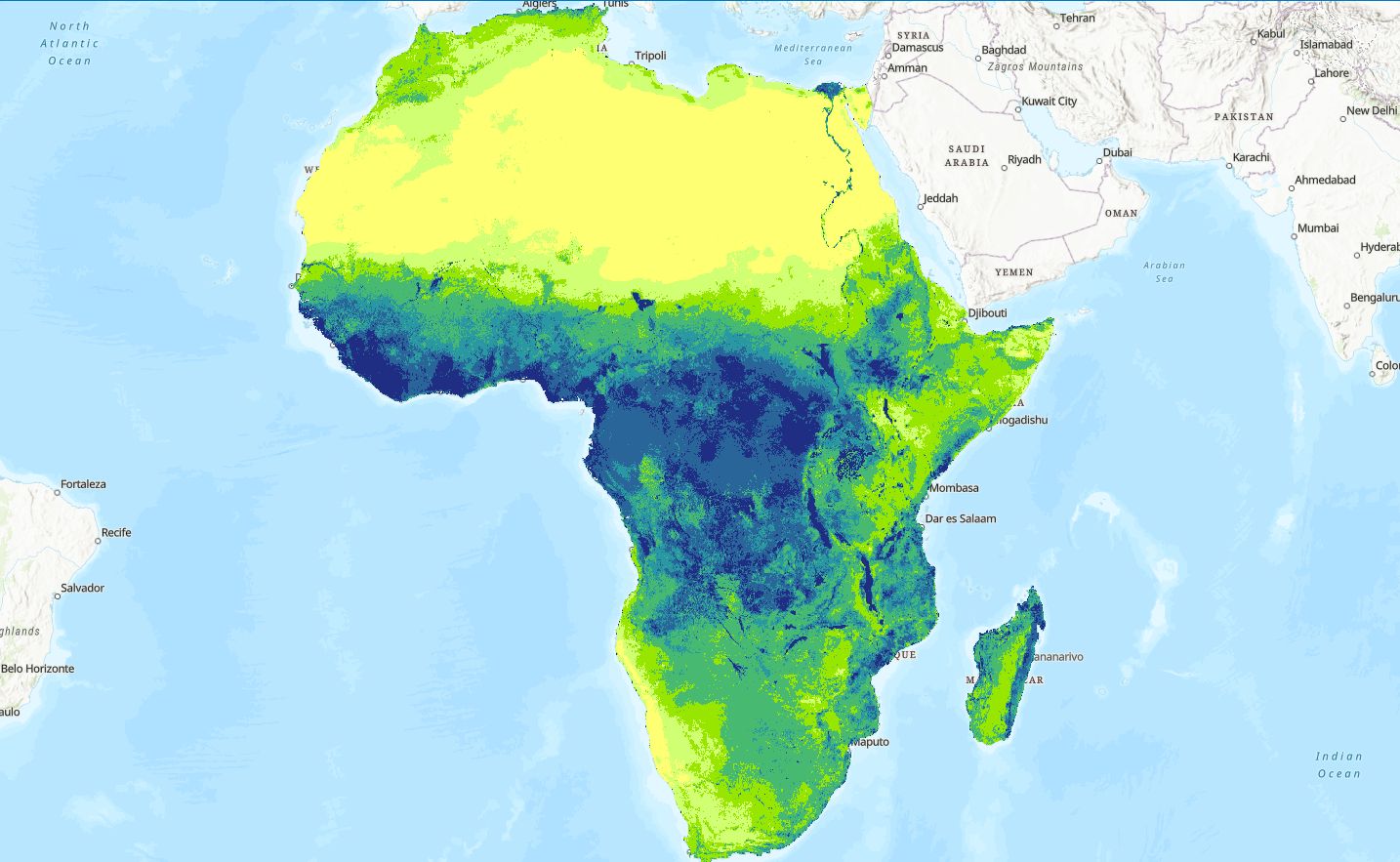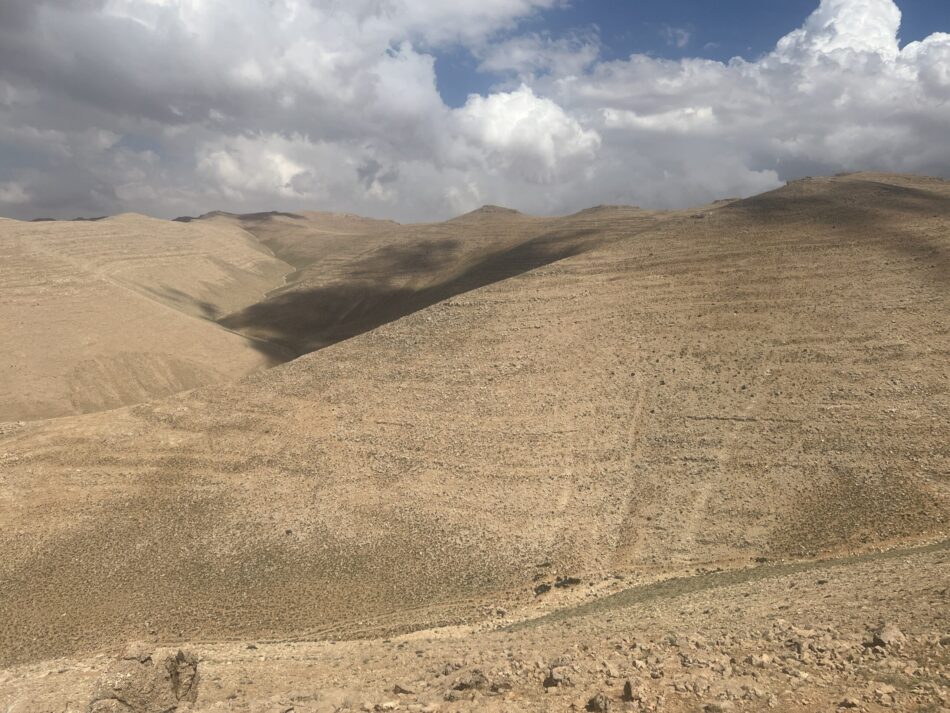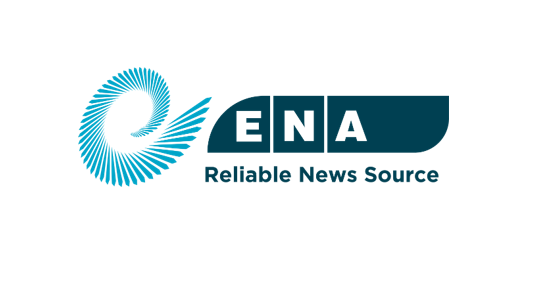GRIPP partner United Nations University – Institute for Water, Environment and Health (UNU-INWEH) published a new report entitled ‘Cost and Efficiency of Arsenic Removal from Groundwater: A Review’, by Y. Shan, P. Mehta, D. Perera and Y.Varela that compares the cost and effectiveness of technologies that remove arsenic from groundwater. By pointing to remedies likely to prove most economical and efficient in different contexts globally, it seeks to accelerate the uptake of solutions to meet the SDG goals to eradicate arsenic-contaminated water consumption over the next decade.
This is critical considering at least 140 million peoplein 50 countries drink water that has arsenic at levels above the WHO drinking water guidelines of no more than 10 µg/L.
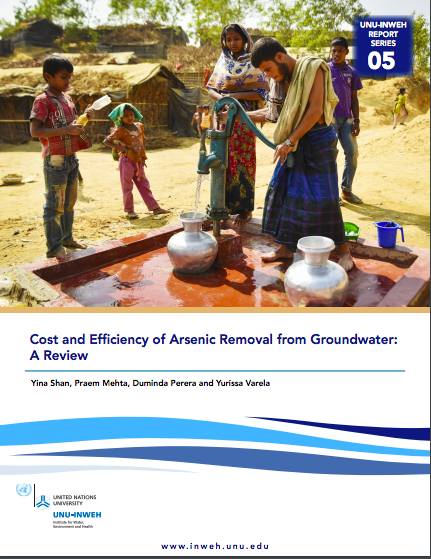
UNU-INWEH studied 23 laboratory-tested technologies, about half of which achieved the WHO standard, and 14 technologies tested in the field, of which only five met the WHO standard. Costs ranged from near-zero to about $100 for lab tested technologies and from near-zero to around $70 for field tested technologies, for the treatment of one cubic meter of contaminated water. Costs depended on the arsenic concentration of the water, the energy required, the geographic area, lifetime of removal agents, and the materials and labor used.
While this report takes an important step, it also notes that, “The effective translation of research evidence and laboratory-level successes into quantifiable and sustainable impacts on the ground requires a concerted and sustained effort from policymakers, engineers, healthcare providers, donors, and community leaders.”
For news and updates on GRIPP, please sign up here.






